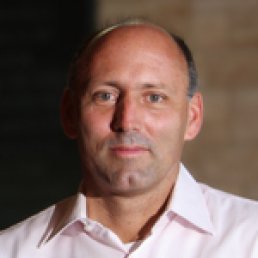Paul Kulesa
Title
Can collective cell migration help us solve complex human problems?
Abstract
Some of the most devastating early childhood diseases that include structural birth defects and cancer result from mistakes in getting cells from one position to another in the vertebrate embryo. Therefore, to understand how a healthy child develops, it is important that we understand how cell movements are controlled. I will discuss how mathematical modelling and experimental investigation have been closely integrated to study the embryonic neural crest. Neural crest cells travel in discrete streams to nearly every organ and are the ancestral origin of pediatric neuroblastoma. I will show that collective neural crest cell migration is comprised of leaders and followers with lead cells that have unique functional roles. I will describe new experimental results that reveal non-uniform growth of the microenvironments through which neural crest cells travel, suggesting that cells must balance motility with mechanics to avoid jamming. Finally, I will describe a set of collective cell migration principles with the goal of unifying the wide variety of observed neural crest cell behaviors throughout the embryo and across species and speculate these principles may help us better understand complex human migration.
Short Bio
Paul Kulesa was an undergraduate in aerospace engineering at the University of Notre Dame. His PhD on the mathematical modelling of tooth patterning in alligators was supervised by J.D. Murray at the University of Washington. After a postdoc at Caltech in Scott Fraser’s experimental biology laboratory, he moved on to the Stowers Institute for Medical Research where he is currently a Professor and Director of Imaging/KulesaLab.


